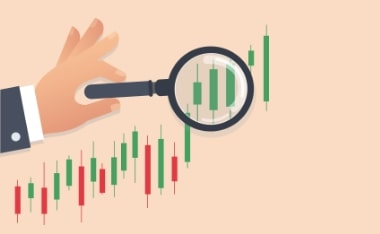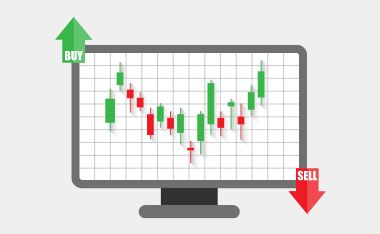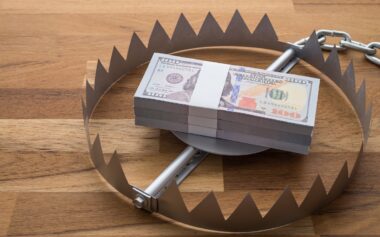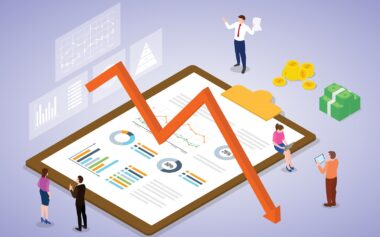The Reality of Earning Profits from Forex Day Trading and How to Improve Your Probabilities
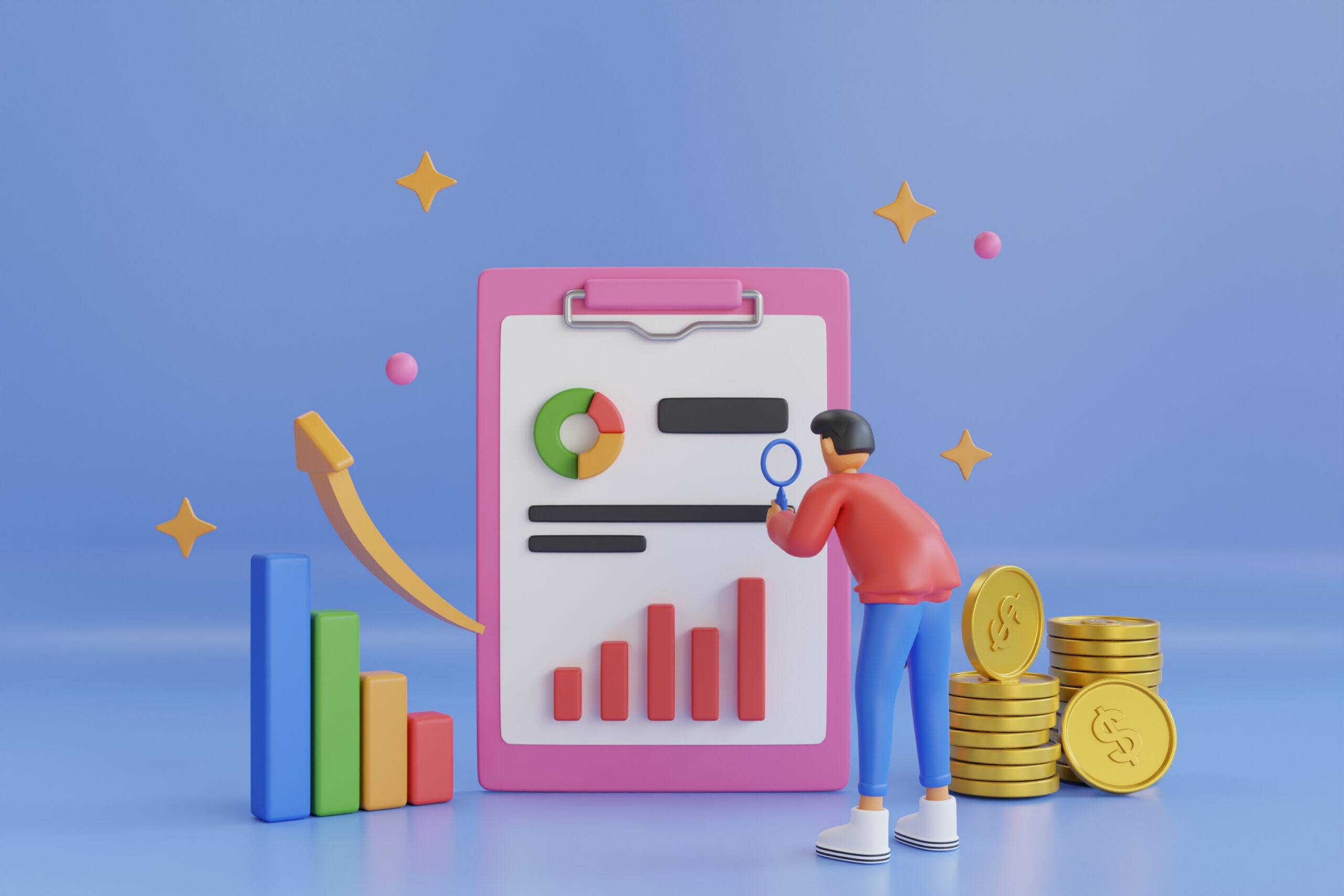
Forex day trading, the practice of buying and selling currencies within a single trading day, is an enticing pursuit for many aspiring traders.
It promises the potential for significant profits due to the forex market’s high liquidity and volatility.
However, while the allure of quick gains is strong, it’s important to approach day trading with a realistic mindset and a strategic plan.
This article explores the realistic potential of earning profits from forex day trading and provides guidance on improving your probabilities through education, long-term profit strategies, and robust risk management.
Understanding the Realistic Potential
Forex day trading can indeed be profitable, but it comes with its share of challenges and risks.
The market’s volatility can create opportunities for substantial gains, but it also exposes traders to the risk of significant losses. The realistic potential for profit in forex day trading depends on several factors:
1. Market Volatility:
Volatility refers to the degree of price fluctuation in the forex market. High volatility can create opportunities for profit, as currency prices move more dramatically within a single trading day.
However, increased volatility also means higher risk. Traders need to be adept at recognising patterns and making quick decisions to capitalise on these price movements.
2. Trading Skills and Experience:
While it’s possible to earn profits from day trading, it requires a high level of skill and experience.
Novice traders may find themselves at a disadvantage due to their lack of familiarity with market dynamics, trading strategies, and the emotional challenges of trading.
Building experience through practice and continuous learning is crucial for improving profitability and new traders should factor the necessary time required to develop this experience.
3. Initial Capital:
The amount of initial capital you have can influence your potential profits.
Larger trading accounts allow for more significant trades and can better withstand market fluctuations. However, higher capital also means greater exposure to risk.
It’s important to balance the size of your trading account with your risk tolerance and trading strategy.
Plan to gradually increase your trade investment strategically as you build stronger results.
The fastest track to lasting financial independence is the steady, incrementally increasing path.
4. Trading Costs:
Day trading involves frequent transactions, which can lead to higher trading costs, including spreads, commissions, and fees.
These costs can erode your profits if not managed effectively.
Understanding the cost structure of your trading platform and incorporating these costs into your strategy is essential for maintaining profitability.
Look around for a broker that provides the services you need for the price that makes it easier for you to build profit.
Improving Your Probabilities
To enhance your chances of earning consistent profits from forex day trading, focus on three key areas: education, long-term profit strategies, and risk management.
1. Education
Knowledge Acquisition:
Educating yourself is the first step toward improving your trading performance.
A solid understanding of the forex market, trading principles, and technical analysis is crucial.
Start by learning about currency pairs, market indicators, and chart patterns.
Many online resources, courses, and books are available to help you build a strong foundation.
Technical Analysis:
Technical analysis involves studying price charts and using indicators to forecast future price movements.
Key technical indicators for day trading include Moving Averages, Relative Strength Index (RSI), and Bollinger Bands.
Mastering these tools will help you identify entry and exit points and make more informed trading decisions.
Economic Fundamentals:
Understanding the economic factors that influence currency prices is also essential.
Keep abreast of economic news, such as interest rate changes, employment reports, and geopolitical events.
This knowledge helps you anticipate market reactions and adjust your trading strategy accordingly.
Mindset Development:
Don’t underestimate the importance of working daily on aligning your mindset with that of a successful profitable trader.
Discipline, Patience, Emotional Neutrality with your Trades are vital aspects of being a profitable trader.
2. Long-Term Profit Strategies
Developing a Trading Plan:
A well-defined trading plan is essential for long-term success.
Your plan should outline your trading strategy, including entry and exit rules, risk tolerance, and profit targets.
Stick to your plan and avoid making impulsive decisions based on emotions or short-term market fluctuations.
Use a proven trading method that has been used by people with your experience, challenges and strengths to build the income stream you desire.
Consistent Strategy:
Consistency is key to achieving long-term profitability.
Develop and adhere to a trading strategy that suits your style and goals.
Whether you use a trend-following strategy, a mean-reversion approach, or a combination of techniques, consistency in applying your strategy will help you achieve better results over time.
Focusing on High Probability Trades that preserve your capital and gradually add funds has been proven to be the strongest strategy for long-term profit.
Backtesting and Paper Trading:
Before applying your strategy in a live trading environment, test it using historical data (backtesting) and simulated trading (paper trading).
This process helps you identify potential weaknesses in your strategy and make necessary adjustments. It also builds confidence and familiarity with your trading approach.
Demo Trading Accounts put you into the real life market but with the protection of practice funds. This is the safest space to develop your skills before you’re ready to apply your method in the real world with real money.
3. Risk Management
Setting Stop-Losses:
Risk management is crucial in day trading to protect your capital from significant losses.
Use stop-losses to strategically close a position if the market moves against you beyond a predetermined level.
This strategy helps limit your losses and prevent emotional decision-making.
Managing Leverage:
Leverage allows you to control a larger position with a smaller amount of capital.
While it can amplify profits, it also increases the risk of substantial losses. Use leverage cautiously and ensure that it aligns with your risk tolerance and trading strategy.
Avoid over-leveraging, which can lead to rapid and severe losses.
Position Sizing:
Determine the appropriate size of each trade based on your risk tolerance and trading account size.
A common rule is to risk no more than 1-2% of your trading capital on a single trade. This is done through profit lock and stop loss strategies – not, as many think, by limiting your trade investment.
This approach helps manage risk and protects your account from significant drawdowns.
Emotional Discipline
Maintaining emotional discipline is a critical aspect of risk management.
Day trading can be stressful and emotionally challenging, particularly when faced with losses or market volatility.
Develop strategies to manage stress, such as taking breaks, practising mindfulness, and focusing on long-term goals.
Avoid revenge trading or making impulsive decisions driven by frustration or excitement.
Statistics of Profitability for Retail Forex Day Traders
Understanding the statistics of profitability for retail forex day traders is crucial for setting realistic expectations and assessing the potential success in this highly competitive market.
While the allure of significant profits can be enticing, the data suggests that achieving consistent profitability can be challenging.
Here’s an overview of key statistics related to retail forex day trading:
1. Success Rates and Profitability:
The success rates for retail forex day traders are often lower than what many expect. Various studies and surveys suggest that a significant percentage of retail traders do not achieve long-term profitability. For example, research from the U.S. Commodity Futures Trading Commission (CFTC) and the National Futures Association (NFA) indicates that around 70-80% of retail forex traders lose money, but most industry insiders believe the true amount is considerably higher. This high percentage underscores the difficulty of consistently making profits in forex day trading.
2. Average Returns:
The average returns for retail forex day traders can vary widely based on their skill level, experience, and trading strategies. Some traders may achieve high returns, while others might struggle to break even. Studies have shown that even among profitable traders, the returns are often modest compared to the risk taken. For instance, a survey conducted by the University of California, Berkeley, found that the average annual return for retail forex traders was around 2-3%, which is relatively low given the potential risks and costs associated with day trading. Higher consistent profits can be achieved through a strategic trading plan, the use of pro leverage and sound money management strategies.
3. Longevity and Trading Frequency:
The longevity of retail forex day traders in the market also plays a role in overall profitability. Many traders exit the market within the first year due to losses or insufficient returns. Research by the financial data company, Trading App, suggests that about 40% of retail traders quit within the first six months of trading. This high attrition rate highlights the challenges of sustaining profitability over time.
Traders “stay in the game” longer when they have a plan that aims for realistic profit targets, locks in profits and manages their mindset in challenging conditions.
4. Risk and Reward:
The relationship between risk and reward is a critical factor in forex day trading. While high-risk strategies can lead to substantial profits, they also increase the likelihood of significant losses. Statistics show that many retail forex day traders use high leverage, which can amplify both gains and losses. According to a study by the European Securities and Markets Authority (ESMA), retail forex traders who use high leverage are more likely to incur substantial losses. Traders need to balance their risk-taking with effective risk management to achieve consistent profitability.
It’s not how much money you make on that one lucky trade, it’s how much you keep overall that matters.
5. Psychological Factors:
Psychological factors play a significant role in trading performance. Studies have shown that emotional decision-making, overconfidence, and psychological stress can adversely affect trading outcomes. Research published in the Journal of Behavioral Finance found that psychological biases, such as loss aversion and the gambler’s fallacy, can lead to poor trading decisions and reduced profitability.
A focus on emotional detachment from your trades, with the goal of developing long lasting skills and experience, with realistic profit targets will help most traders moderate the psychological challenges that come with trading.
6. Education and Experience:
Education and experience are closely linked to trading success. Traders who invest time in learning and developing their skills are more likely to achieve better outcomes. According to a report by the trading education platform, Investopedia, traders who engage in continuous education and practice are 30-40% more likely to be profitable compared to those who do not invest in their education.
7. Impact of Transaction Costs:
Transaction costs, including spreads, commissions, and fees, can significantly impact profitability. Frequent trading, characteristic of day trading, incurs higher transaction costs, which can erode potential profits. A study by the Journal of Trading found that transaction costs can account for up to 30% of a trader’s total returns. Therefore, managing these costs is crucial for maintaining profitability.
8. Technological Advances and Access to Information:
Technological advancements and access to real-time information have improved the tools available to retail forex traders.
High-frequency trading algorithms, advanced charting tools, and real-time news feeds can enhance trading strategies and decision-making.
However, these tools also require a higher level of technical expertise and can contribute to increased trading activity, which might not always lead to better profitability.
The Reality of Earning a Profit as a Retail Trader
The statistics surrounding profitability for retail forex day traders reveal that while the potential for profit exists, the reality is that a significant percentage of traders do not achieve long-term success.
Factors such as high failure rates, modest average returns, and the impact of transaction costs highlight the challenges of forex day trading.
To improve your chances of profitability, it’s essential to focus on education, develop a well-defined trading plan, and employ effective risk management strategies.
Understanding the realistic potential and acknowledging the inherent risks can help set appropriate expectations and guide you towards more informed and strategic trading decisions.
By focusing on education, long-term profit strategies, and effective risk management, you can improve your probabilities of success and achieve more consistent results.
Remember that while day trading can be profitable, it also demands dedication, discipline, and continuous learning.
Approach it with a strategic mindset, and you can improve your proability of achieving long-term success in the forex market.
Disclaimer
The information in this article is intended to be general information in nature and is NOT general financial product advice, nor personal financial product advice.
It does not take into account your objectives, financial situation or needs.
Past performance is not necessarily indicative of future performance.
Any results on our website, including this page, are illustrative of concepts only and should not be considered average results, or promises for actual or future performance.
The Trading Coach International does not operate under an Australian Financial Services Licence (AFSL), as the services we provide do not require one.
Speak with your registered financial advisor before making any financial decisions.

